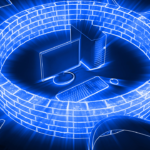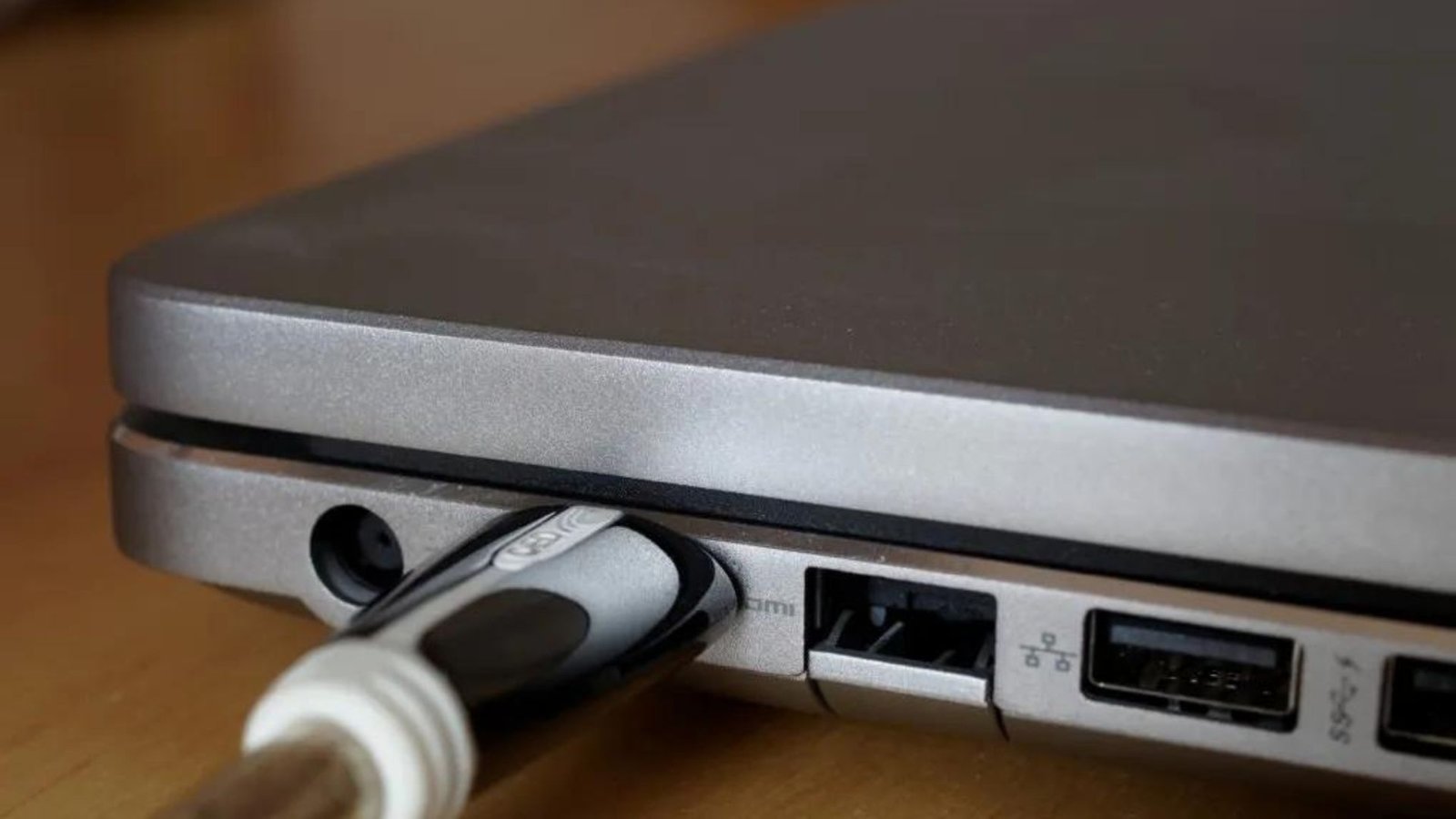Connecting external devices to your laptop can significantly enhance its functionality, whether you need extra storage, additional display options, or peripheral devices. Knowing how to properly connect and use these devices is crucial for a seamless experience. In this article, we’ll share some top tips to help you connect external devices to your laptop effectively.
Choose the Right Port
Connecting external devices to your laptop begins with selecting the correct port. Laptops typically come with a variety of ports, including USB, HDMI, and audio jacks.

1. USB Ports
USB ports are the most common for connecting devices like keyboards, mice, and external drives. Ensure that you use the right type of USB port. For example, USB 3.0 ports offer faster data transfer speeds compared to USB 2.0.
2. HDMI Ports
If you’re connecting an external monitor or TV, you’ll use an HDMI port. This port supports high-definition video and audio, providing a clear and high-quality display.
Use the Correct Cables
When connecting external devices to your laptop, the quality of your cables can affect performance.
1. High-Quality Cables
Invest in high-quality cables that match the specifications of your devices. For instance, use HDMI cables that support the resolution and refresh rate of your external monitor.
2. Avoid Damaged Cables
Inspect your cables regularly for any signs of damage. Damaged cables can lead to connectivity issues and poor performance.
Install Necessary Drivers
Some external devices require specific drivers to function properly.
1. Check for Drivers
When you connect a new device, your laptop may prompt you to install drivers. Ensure you download these from the device manufacturer’s website for the latest and most compatible version.
2. Update Drivers Regularly
Keep your device drivers up to date to avoid compatibility issues and improve performance. Regular updates can also include security patches.
Manage Device Settings
After connecting external devices to your laptop, you may need to adjust your settings to ensure everything works correctly.
1. Configure Display Settings
For external monitors, go to your laptop’s display settings to configure the resolution, orientation, and display mode (e.g., extend or duplicate).
2. Adjust Audio Settings
If you connect speakers or headphones, check your audio settings to select the correct playback device. This ensures that sound is routed through the right external device.
Ensure Proper Power Supply
Some external devices, such as external hard drives, may require additional power.
1. Use Powered Hubs
If you’re connecting multiple USB devices, consider using a powered USB hub. This provides extra power to ensure that all connected devices function correctly.
2. Check Power Sources
For devices that require external power, make sure they are properly plugged in and turned on.
Troubleshoot Common Issues
If you encounter problems while connecting external devices to your laptop, follow these troubleshooting tips.
1. Restart Your Laptop
Sometimes, a simple restart can resolve connectivity issues. Restart your laptop and reconnect the device to see if the problem persists.
2. Check Device Manager
If a device isn’t recognized, check the Device Manager on your laptop. Look for any alerts or errors related to the device and try updating or reinstalling the drivers.
Keep Your Laptop Secure
When connecting external devices, ensure that your laptop remains secure from potential threats.
1. Scan for Malware
External devices, especially USB drives, can carry malware. Run a scan on any new device before opening or transferring files.
2. Use Encryption
For sensitive data on external drives, consider using encryption to protect your information from unauthorized access.
Conclusion
Connecting external devices to your laptop can greatly expand its capabilities and enhance your productivity. By choosing the right ports, using quality cables, installing necessary drivers, and managing your settings, you can ensure a smooth and effective connection. Always keep your devices secure and troubleshoot any issues promptly to maintain optimal performance. With these tips, you’ll be able to connect and use external devices with ease.











